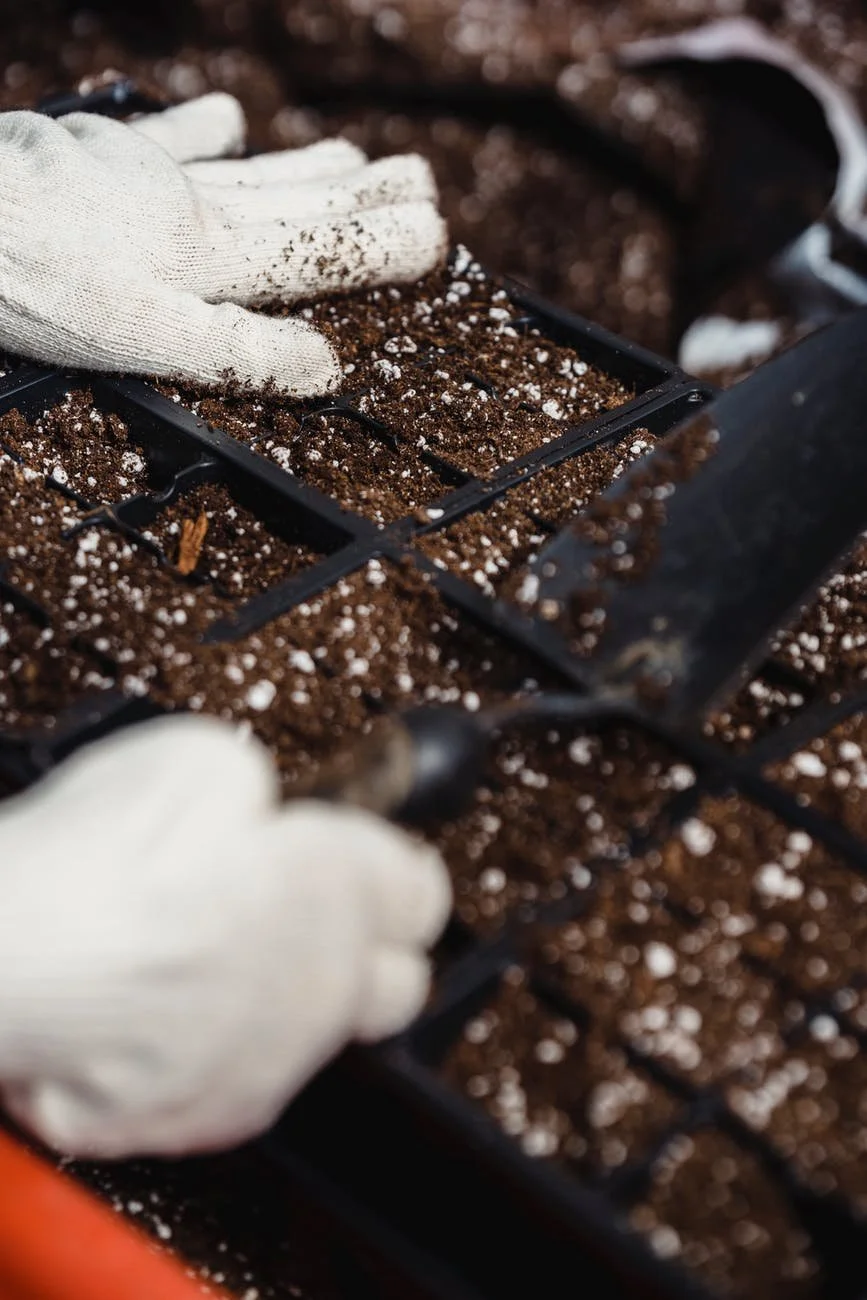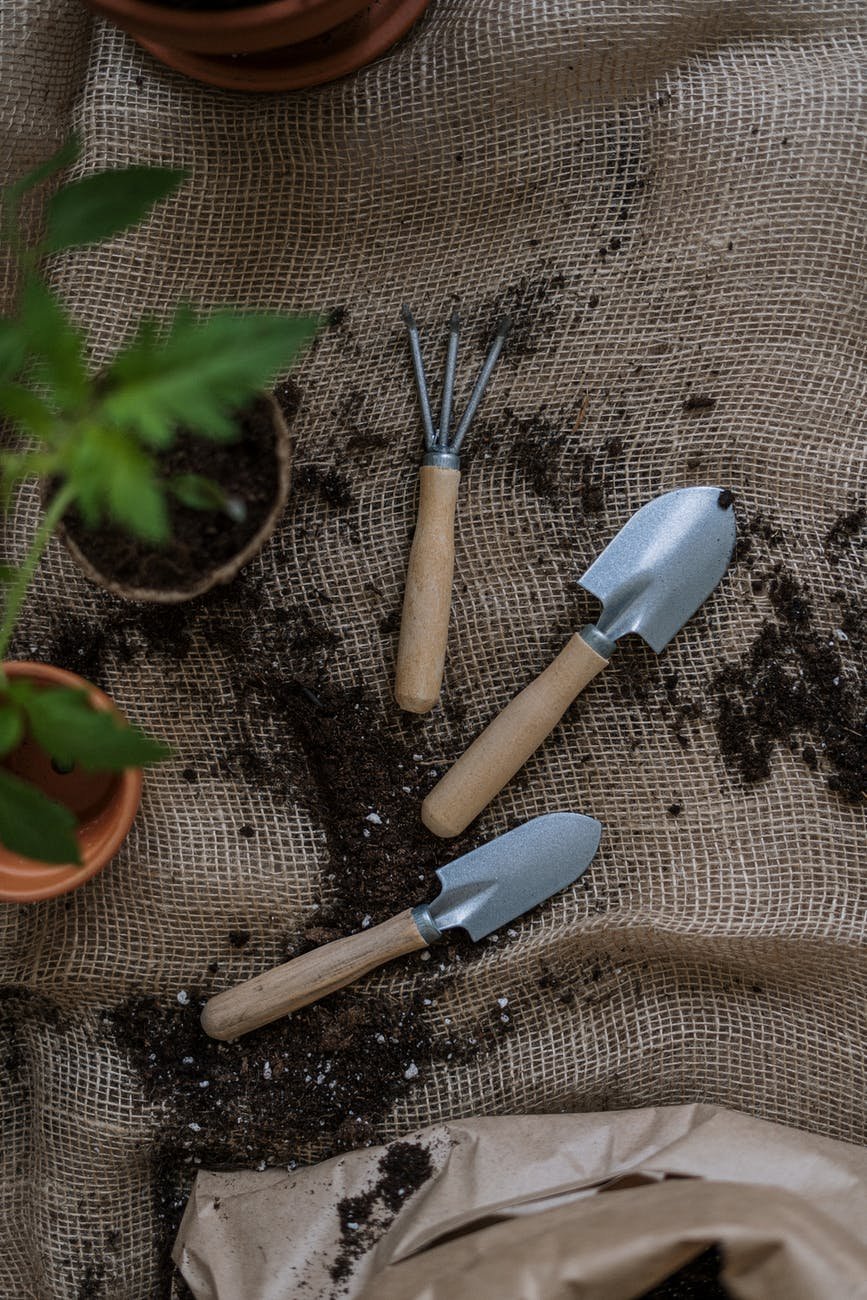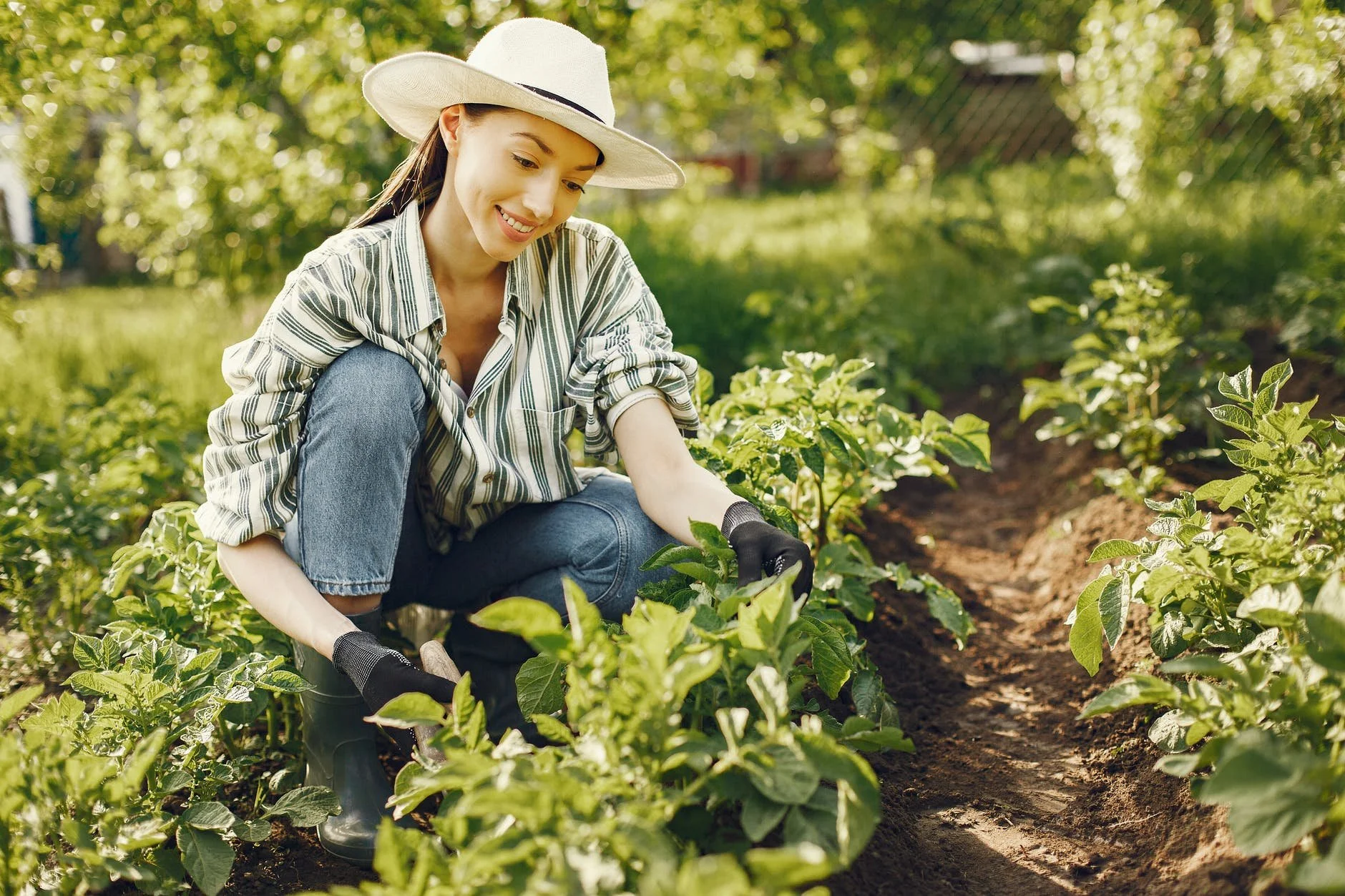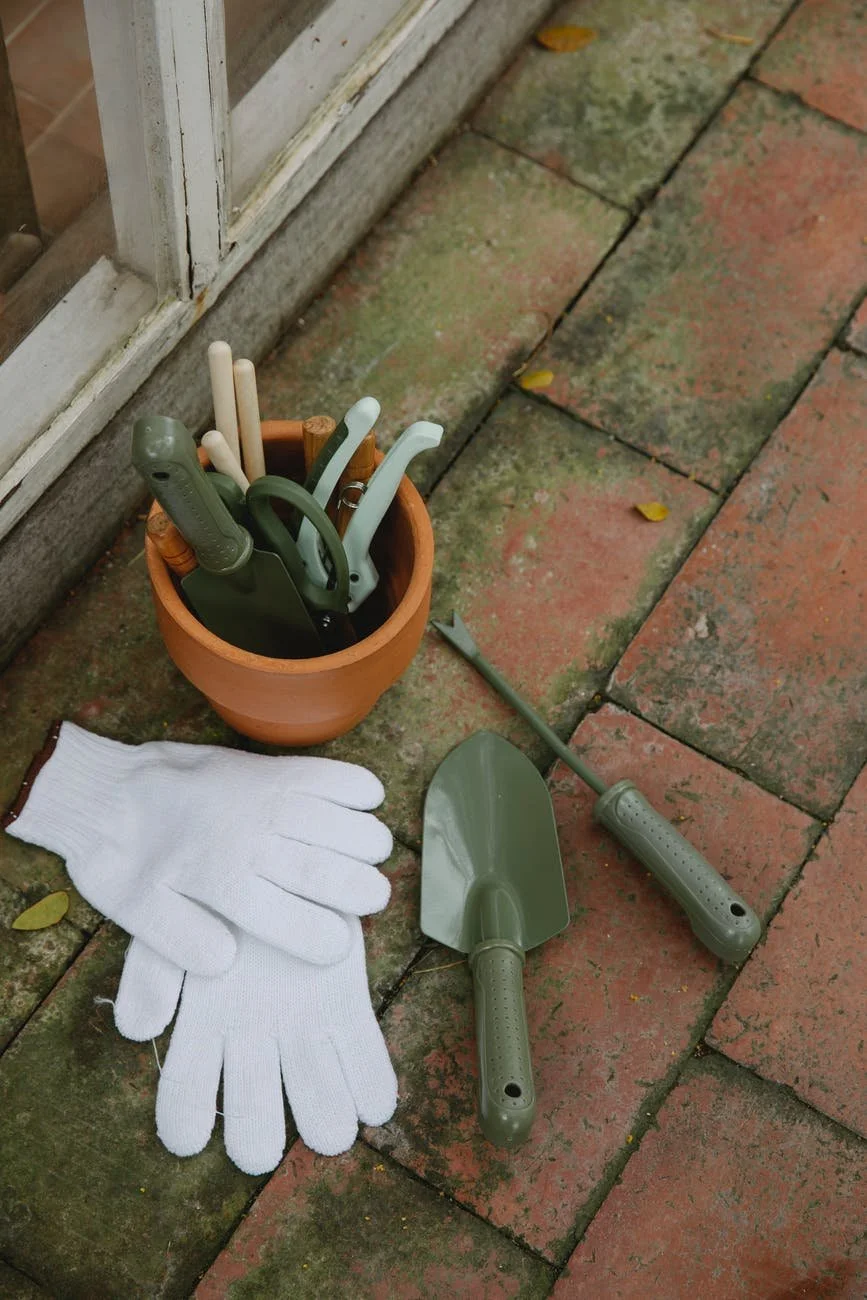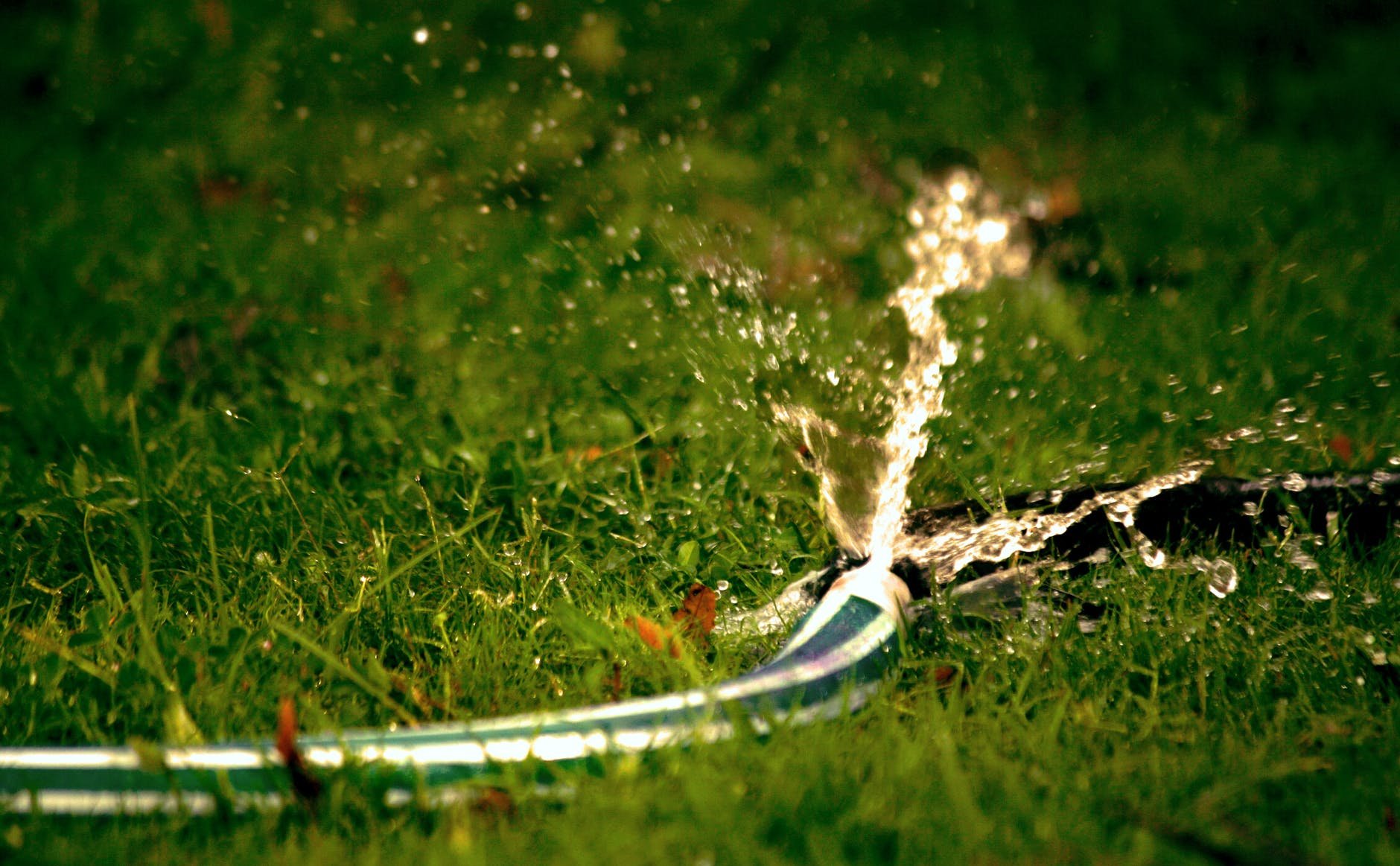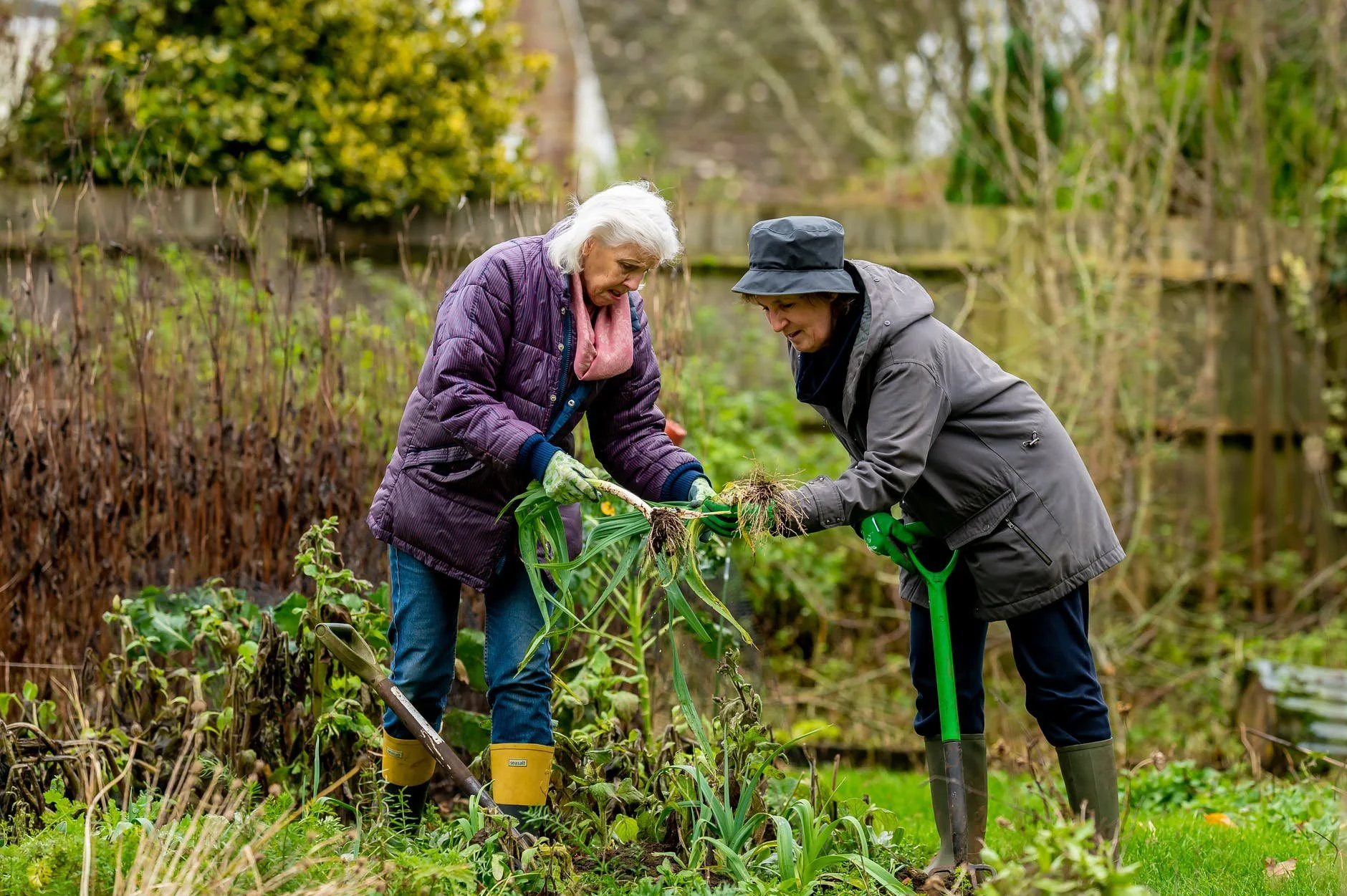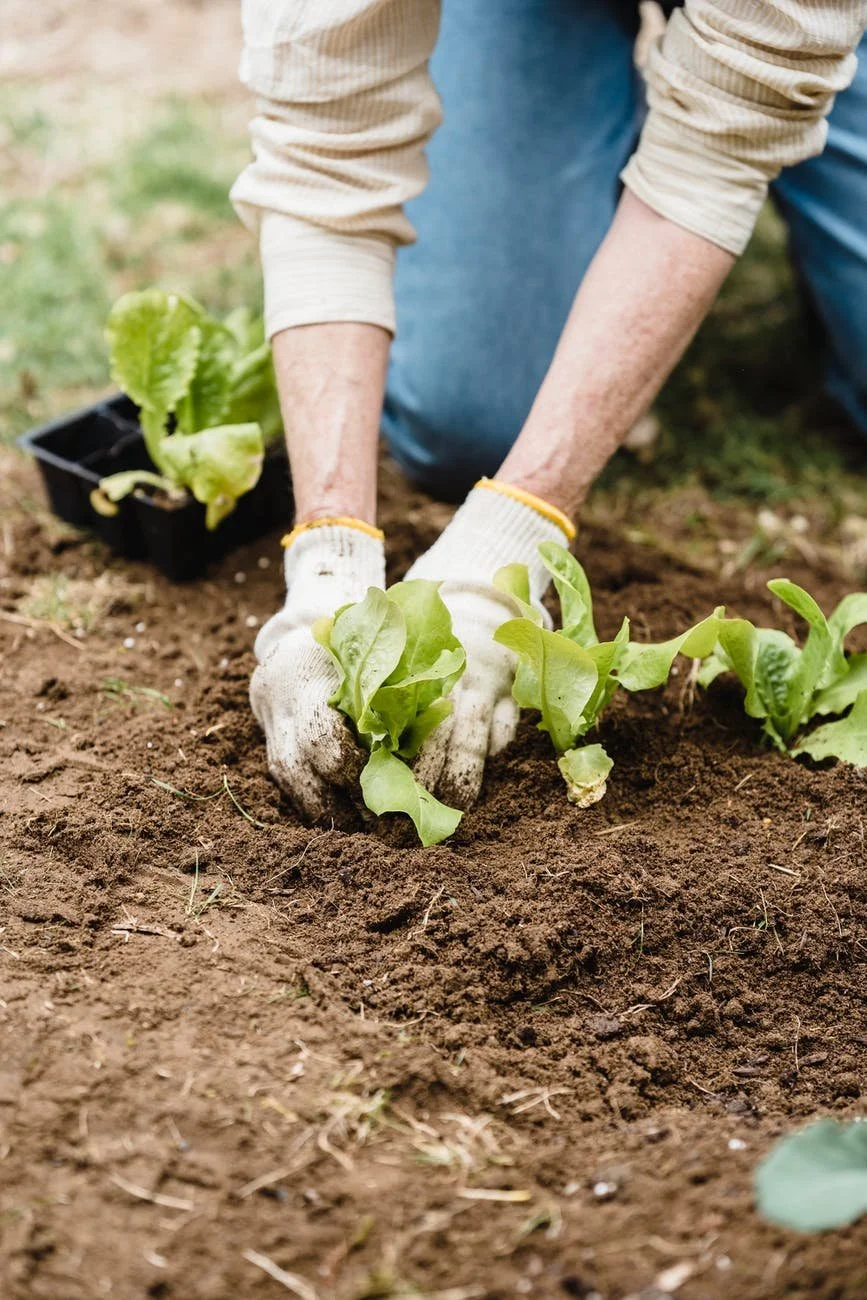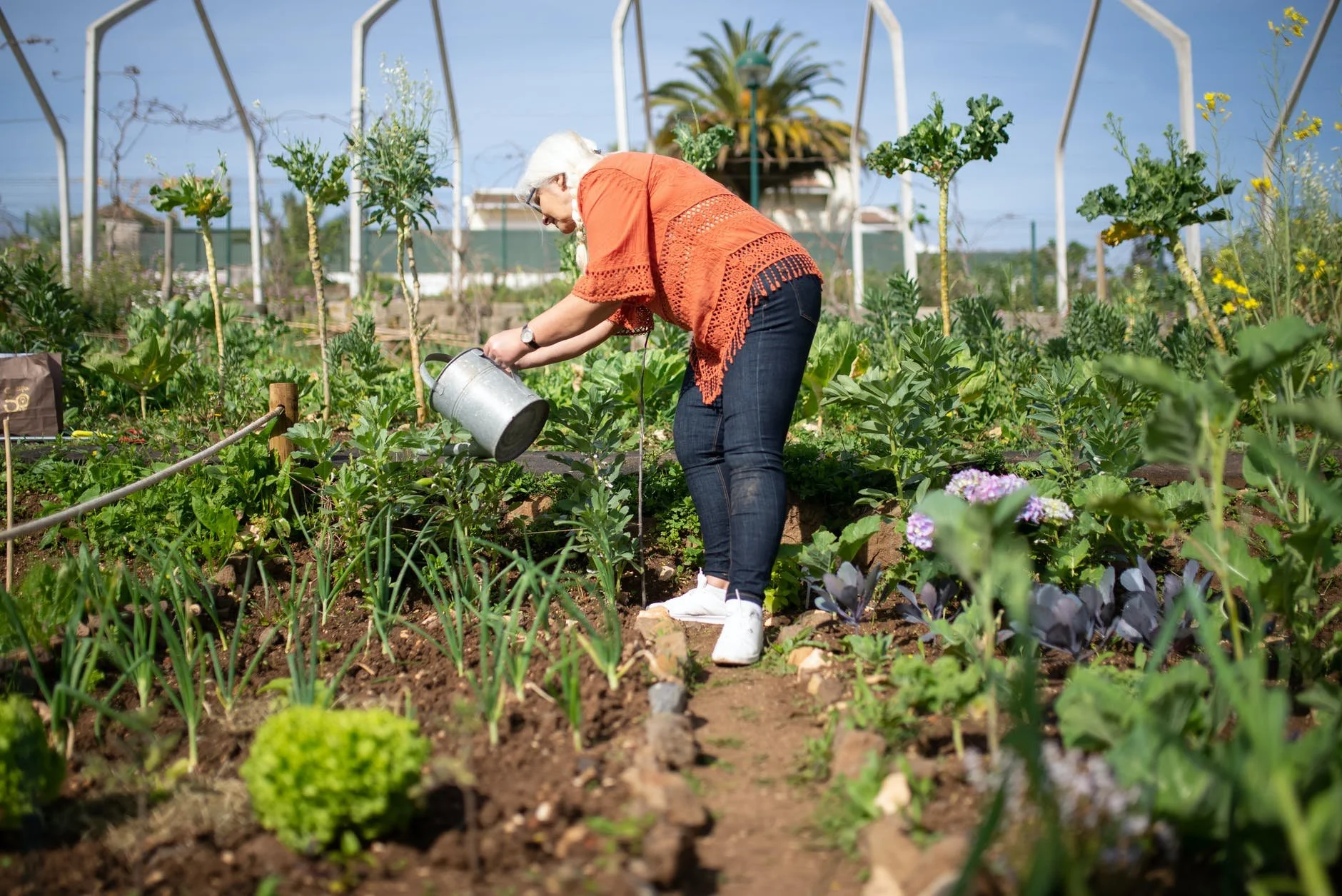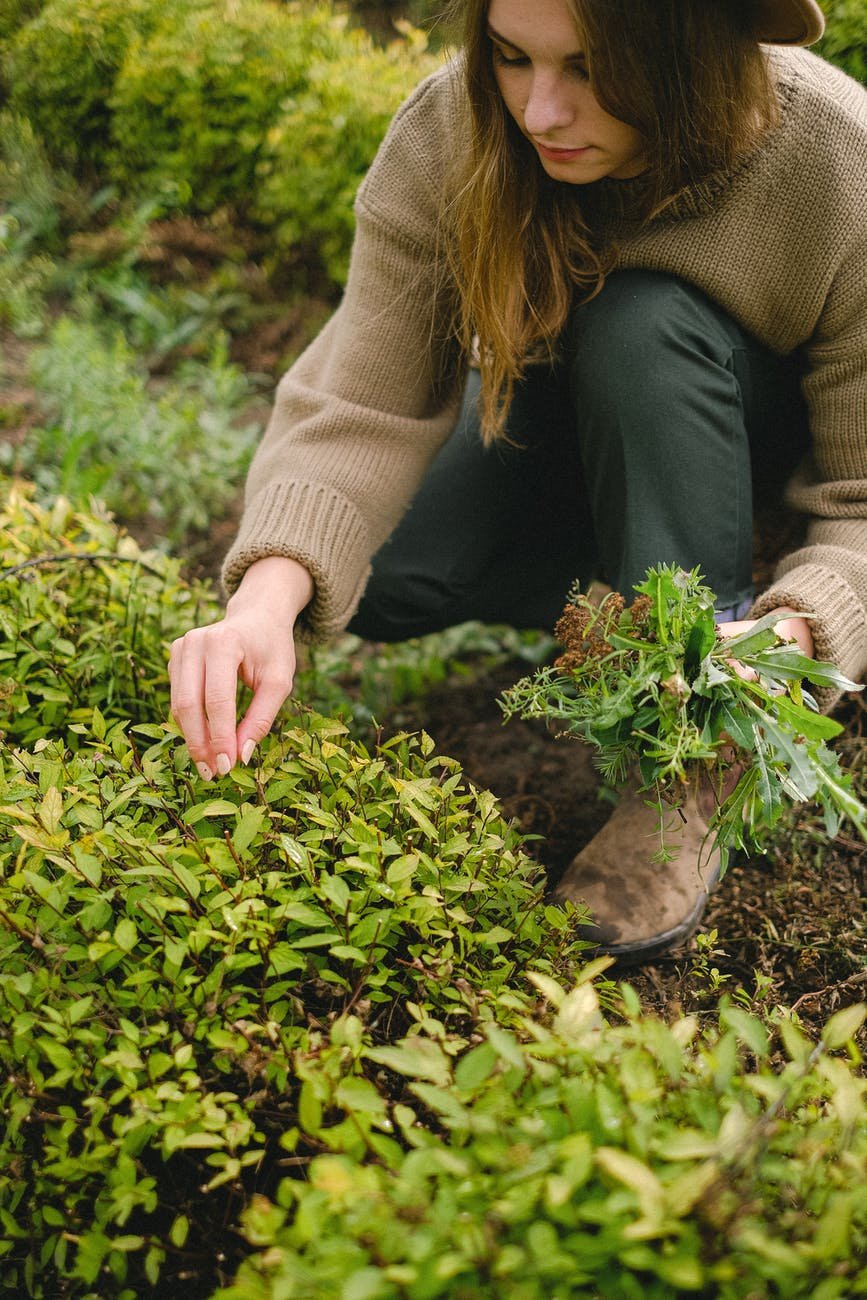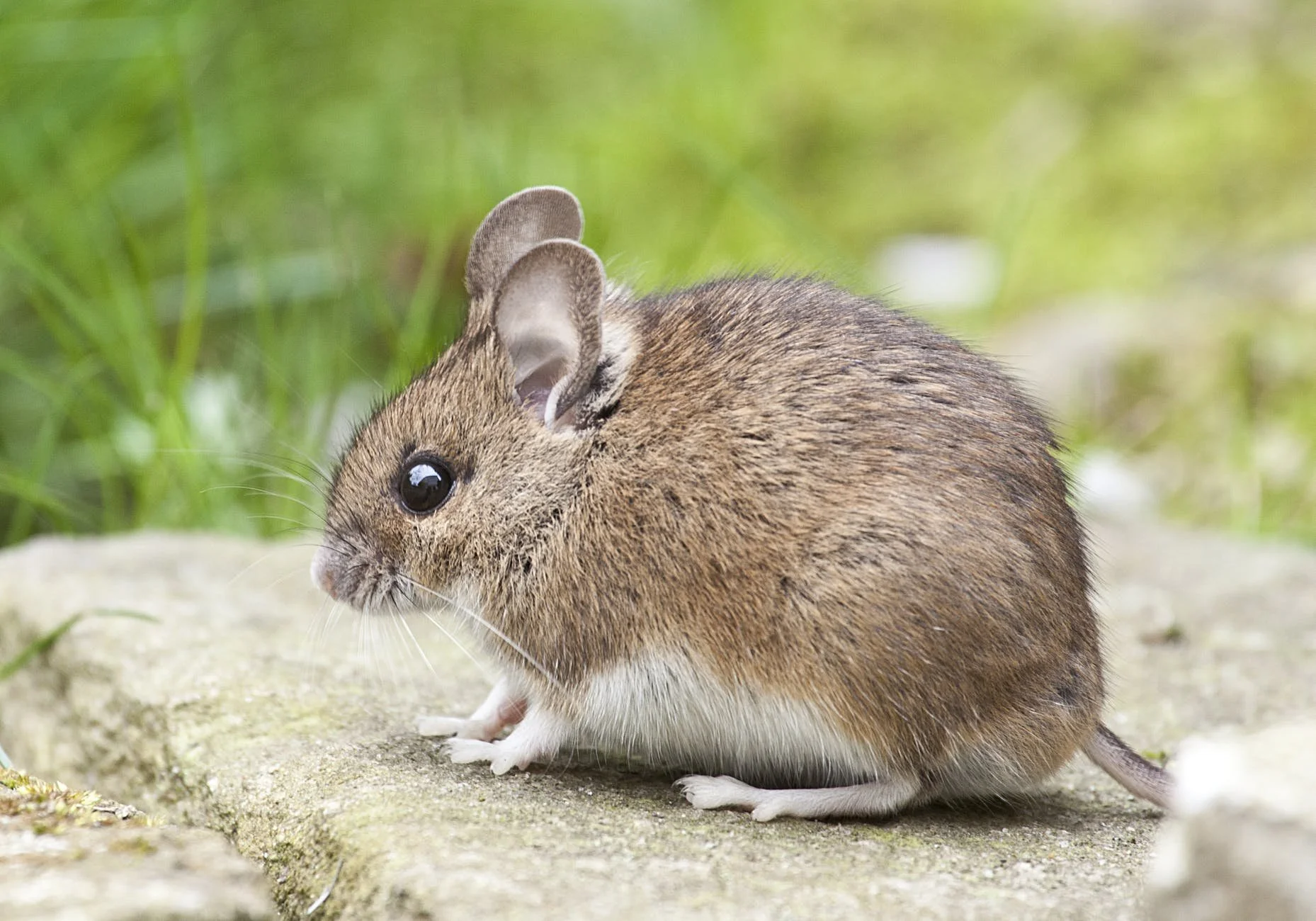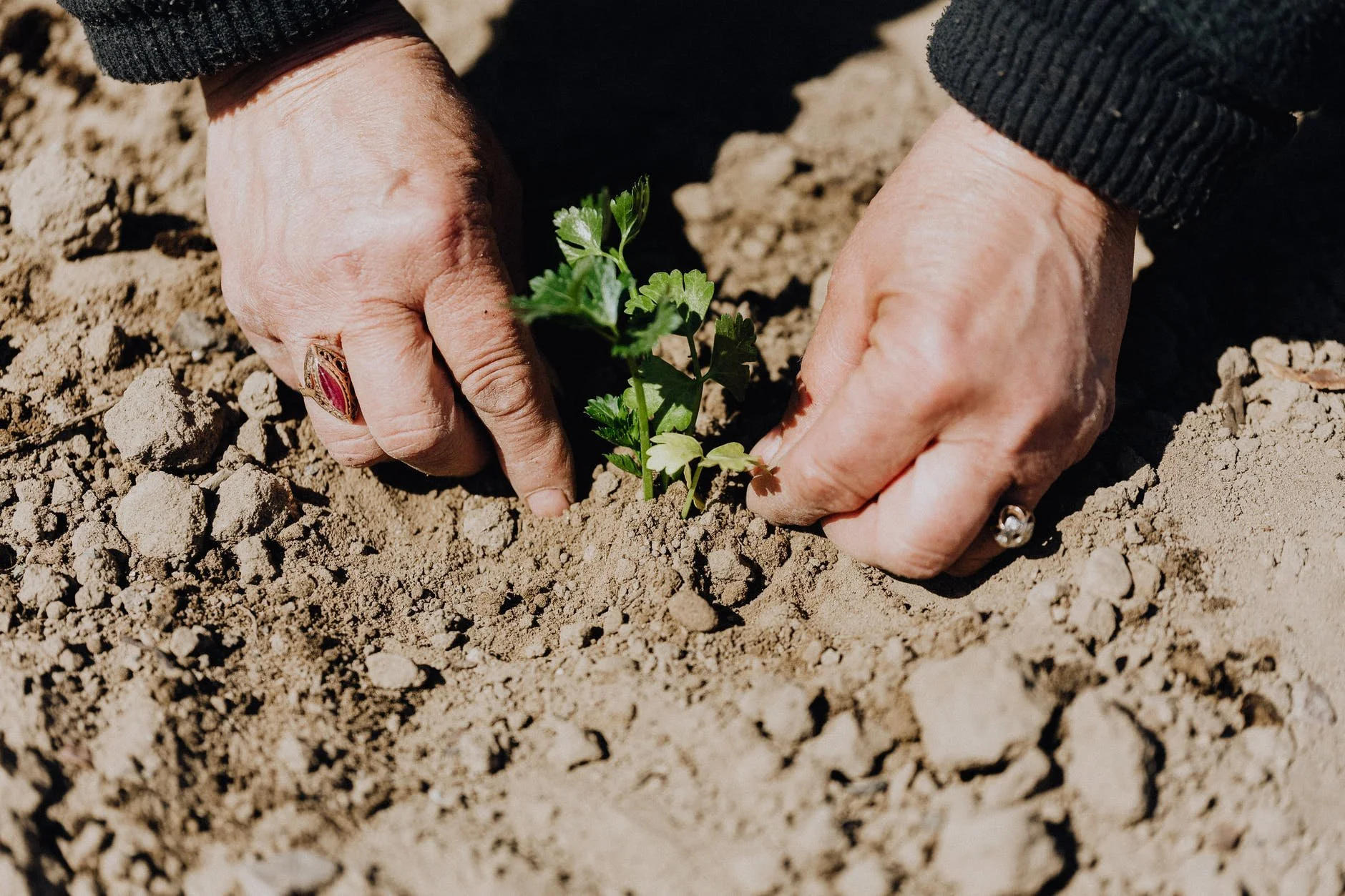
A resource for those seeking information on organizing and transforming spaces.
Top 8 Crucial Garden Tools for the Beginners
Nowadays, gardening is extremely popular. Anyone can try this healthy and exciting activity. However, it can be a tricky task for first-time gardeners who have to discover the types of plants to grow and the acceptable way of caring for them.
Nowadays, gardening is extremely popular. Anyone can try this healthy and exciting activity. However, it can be a tricky task for first-time gardeners who have to discover the types of plants to grow and the acceptable way of caring for them.
Suppose you've just moved into a home and found a piece of land to start growing plants. There are many tools in the market, but what is essential for beginners? Crucial gardening tools for beginners are not hard to find and they don't have to fill up your entire shed.
Remember: getting started in the garden for the first time doesn't have to be a daunting task; you only need proper tools.
So, you will need the following basic tools to start this new hobby.
1. Gloves
Without a proper pair of gloves, gardening, a beautiful hobby, can turn into a real hassle.
Gloves don't have to be too bulky. Still, they must be durable, especially for working on transplanting seeding or generally with seeds.
They have to fit, as bad-fitting gloves can lead to blisters or slip off your hands.
Gloves must be water-resistant and breathable to keep your hands comfortable.
Wrists and forearms are protected from scratches by more extended cuffs. They also protect arms from soil that can get into the gloves.
2. Knee pads
If you kneel on hard, uneven ground for hours, you can injure your knees over time so look into knee pads. There are two different types of knee protection. Knee pads that you place on the ground and kneel on and those you wear on your knees. No matter which one you choose, purchase at least one kind of knee pad.
3. Hand trowel
Aside from quality and durable gloves and knee pads, a novice gardener should have a trustworthy hand trowel. If you have no other gardening tools right now, at least purchase a scoop. They are incredibly affordable and outdoor gardeners will need them for everything from rearranging soil to planting. Even someone with only a few houseplants will also need this when the time comes to mix in the new ground or repot.
There are several types of trowels on the market. You can choose between a scoop trowel for scooping dirt or transplanting seedlings and a bamboo trowel used for transplanting houseplants in the pots or mixing fertilizer into the soil. The so-called Hori Hori trowel is also for weeding, cutting, digging, and other scoops.
4. Quality knife
The most helpful tools in a gardener's shed are indispensable automatic knives that can do almost everything in your garden, such as removing roots from small crevices between pavers and cutting dull weeds. They are made from stainless steel, durable, and extremely strong. There is a variety of those knives. Some of them have a serrated edge on one side of the blade that doubles as a saw to open bags of compost or cut greens, vegetables, weeds, and branches off.
This handy knife is always the first tool recommended for novice gardeners because of its multipurpose use.
5. Hoe
Hoe is one of the essential gardening tools. What type of hoe you need depends on your garden type. A broad and sturdy hoe is ideal for a veggie garden. At the same time, a thinner and more delicate one is better if you’re tending to a garden full of perennials.
Hoes are particularly useful in preparing flower beds and cutting deep weeds.
There are various hoes on the market, but we recommend you opt for one with a long reach. Also, search for a hoe with a comfortable handle and sharp blade.
In addition, weeding hoes have an open square head. That is practical for pushing back and forth under the soil to cut down growth on the top of the soil surface. On the other hand, flat hoes are excellent for turning soil rows in gardens.
6. Garden spade
A garden spade is also useful for digging as it’s bigger than a trowel but smaller than a shovel. It is used in drilling holes for shrubs, trees, or extensive flower planting. When you want to shovel soil, compost, or organic fertilizer out of a pit, the garden spade is particularly useful in cutting off thick turf.
Besides, it can also help chop off small tree roots; therefore, keep it sharp.
7. Bow rake
This tool is helpful for your surface-level soil work. It is mainly used to level your garden. Still, it can also clean gardens of various debris, making your soil more consistent. It can also be used for leaves, although it’s heavier than standard leaf rakes.
8. Water hose
Most novice gardeners already own a hose, but it's essential to include it because it is perhaps the most important long-handled tool! Without it, you can't deliver water to your plants to enable them to grow.
We have presented you with the essential garden tools for beginners. Yet, we didn't mention additional vital tools, such as a hand pruner, digging fork, and round-headed shovel, which you also need for gardening. Therefore, make sure to purchase those too.
Easy Tips on How to Grow an Organic Garden
Are you tired of gross store-bought vegetables and fruit but you also don’t want to spend tons of money on organic produce in your local farmer’s market? The only solution to eat well and protect the environment is to grow your own produce. If you like this idea, here are a few tips on to start your organic garden and enjoy the fruits of your labor by the end of the season.
Are you tired of gross store-bought vegetables and fruit but you also don’t want to spend tons of money on organic produce in your local farmer’s market? The only solution to eat well and protect the environment is to grow your own produce. If you like this idea, here are a few tips on to start your organic garden and enjoy the fruits of your labor by the end of the season.
Start from the right location
All plants need light, so make sure to designate a spot for your organic garden that will get at least 6 hours of sun every day. Most plants that bear fruit (tomatoes, melons, cucumber, etc.) need a lot of direct sun to produce fruit. If your garden is somewhat shady, you can successfully grow leafy greens and many types of herbs that only need partial sun. The best spot for your garden is also located away from large trees that can suck up all the nutrients and water.
Prepare the soil
Healthy soil is the key to a healthy garden. To start preparing your soil, invest in organic matter like manure, peat moss or compost—this type of matter is rich in decayed microorganisms and very beneficial for your plants. For the most organic approach, try to start your own composting pile by dumping organic matter in a bin where it will decompose. If you’re planning to grow a large edible garden, it’s possible to buy compost in bulk.
Protect your garden
Your garden will undoubtedly attract attention from many directions. If you want to keep your veggies and fruit safe and free from harm, it’s important to keep pets and kids outside when the garden is left without supervision. With quality fencing components, you can protect the plants and beds and gain easy access to your garden when you need to tend to it. A sturdy fence is a great investment into your crops and it will guarantee the safety of your curious kids and naughty pets.
Choose the right plants
If you want to grow an organic and eco-friendly garden, it’s crucial to choose plants that are native to your area. These are used to your climate and willgrow healthy without too much watering and treatment. If you don’t know which plants to grab, look into organic varieties in your local garden shop. There you will find everything from short-seasoned tomatoes perfect for northern regions to corn and mustard greens that are resistant to heat and drought. Match your edible plants with flowers and flowering herbs and bushes to attract pollinators and insects that will keep pets away.
Pets and disease control
One of the main questions people have about organic gardening is who does one keep the pests and diseases away. And it’s a fair question. Firstly, it’s important to realize why chemical pest control is bad for the environment. This treatment doesn’t only kill pests, but good insects as well, upsetting the balance in nature. Chemical treatments can also get into the soil and underground water, as well as end up on your plate.
It’s not important to bring out sprays if you notice only a few bugs on your plants since small infestations can easily be handled by handpicking the pests. Secondly, it’s important to realize that insects usually attack unhealthy plants in weak soil so make sure to fertilize the dirt and keep your plants strong and healthy giving them natural immunity from pests.
If your infestation becomes more serious, there are natural sprays and powders that can handle pests. However, if you practice organic principles of gardening, most issues will skip your garden or disappear on their own.
Plan for crop rotation
In nature, plant diseases usually target plants from the same family. This means it’s smart to avoid planting the same plants where they or their “relatives” were a year before. This practice of crop rotation will give the soil time to recover and keep the disease development and spread at a minimum. For instance, the tomato (tomatoes, potatoes, peppers, eggplant, etc.) and the squash family (squash, cucumber, pumpkin, melons, etc.) usually live in many gardens and can be rotated.
As you can see, organic gardening is not much different from regular gardening, but it produces healthier produce you can enjoy without guilt. If you’re planning to start an edible garden, make it eco-friendly and organic for the benefit of us all.
Top 5 Patio Ideas for Your Garden
Outdoor living areas are on-trend and provide the perfect place to host barbecues and birthday parties, relax with your morning coffee or just enjoy some healthy sunshine. A patio is one of the easiest and most affordable ways to turn your garden into a second living area, while also reducing the amount of lawn you need to maintain. Whether you're creating a new outdoor space for your family to enjoy or remodeling an old one, here are five ideas to make your garden patio pop.
We partnered with a Patio company for this post. The opinions in the post are honest. All reviews and opinions expressed in this post are based on our personal views. We are excited because we know you will love it.
Outdoor living areas are on-trend and provide the perfect place to host barbecues and birthday parties, relax with your morning coffee or just enjoy some healthy sunshine. A patio is one of the easiest and most affordable ways to turn your garden into a second living area, while also reducing the amount of lawn you need to maintain. Whether you're creating a new outdoor space for your family to enjoy or remodeling an old one, here are five ideas to make your garden patio pop.
Add Shade With a Pergola
A little sun is great, but too much can make your patio unpleasant. Sun also causes damage to your patio furniture and accessories. Stay cool and protect your investments with a shady pergola. You can even train vines and climbing plants to grow up the posts. Better yet, install a louvered pergola by Trueline so that you can adjust when you want sunshine or shade throughout the day!
Install Durable Dairy Brick
Are you wondering what material to use for your patio floor? Commonly used for factories and agricultural buildings, dairy brick is a compressed, nonporous tile that can stand up to the elements. If you already have a dairy brick patio or pathway that's starting to show its age, hire a dairy brick repair contractor to renovate it.
Create a Centerpiece Planter
Your patio needs a focal point, and a large planter makes the perfect centerpiece. Consider filling your planter with a shade tree if your patio doesn't have a cover or pergola. Do you want to enjoy a fresh, sweet snack on your patio? Fruit-bearing trees and bushes are also great choices.
Upgrade Your Outdoor Furniture
Those faded plastic chairs and stained loungers are anything but welcoming, so refresh your patio with a furniture upgrade. Today's outdoor furniture options look just like the cozy couches and chairs in your living room while being built to withstand rain, sunlight, dirt, and frequent washing.
Get Cozy Around a Fire Pit
Who doesn't love a crackling fire on a chilly evening? A fire pit makes a great addition to your patio and is sure to have the whole family gathering around to roast marshmallows and tell ghost stories. Have your fire pit installed by a professional, and remember to maintain it properly.
If you don't have enough room for a patio, there are plenty of other ways to maximize your home's outdoor space. Add furniture to your porch, string a hammock across your balcony, or use your carport for outdoor entertaining. Even the smallest gardens can turn into an outdoor living space.
Spring Cleaning Your Garden – the Essentials
If you love your outdoor space, chances are you'll be out in your garden on the first warm day of spring. Surely, there will be some work for you to get your garden up to a standard, but besides removing fallen branches and debris, don’t rush with the clean-up. Wait until the soil is drier so you can work on it easily but again, don't wait too long to start. It will be much easier for you to prune plants before the old growth gets entangled in the new growth.
Here are the essentials of spring garden cleaning and getting it ready for summer days of outdoor joy and relaxation.
If you love your outdoor space, chances are you'll be out in your garden on the first warm day of spring. Surely, there will be some work for you to get your garden up to a standard, but besides removing fallen branches and debris, don’t rush with the clean-up. Wait until the soil is drier so you can work on it easily but again, don't wait too long to start. It will be much easier for you to prune plants before the old growth gets entangled in the new growth.
Here are the essentials of spring garden cleaning and getting it ready for summer days of outdoor joy and relaxation.
Remove mulch and prune your perennials
The first task is removing any dead plants and foliage left behind over winter, and composting them. You’ll clear up the space for new growth and any self-seeding plants will already have done their job.
If you had left your perennials unpruned last fall, they'll be an unattractive sight by now. Many perennial plants prefer to be left untouched throughout the winter, as it gives them extra protection. If you did take this course, once you see new growth at the plants base, you can begin removing winter mulch and pruning.
Certain shrubby plants with hard, woody stems such as Artemisia, buddleia, and lavender need to be pruned each spring as they only bloom on new branches. Spring pruning will minimize winter damage and encourage the growth of those new flowering branches. However, you should wait until the danger of a hard frost is over.
On the other hand, some perennial plants never quite go dormant, but they still need some tidying up. Spring is the ideal time to cut back the rugged foliage and boost new growth.
Pick the right time to prune the trees
Most spring-blooming trees set their flower buds in the summer or fall of the previous year. If you prune them in the spring, before they start blooming, you’d also prune off this year's flowers. If you’re unsure about what to do, it’s best you rely on professional help from tree services in Sydney who are experts in maintaining the health and beauty of trees.
Trees need regular pruning and light trimming to manage their shape and growth, as well as to encourage strong bud formation and branch development. However, pruning needs to be performed at specific seasons so the trees get the best chance of surviving the summer and the winter weather.
Give your roses some TLC
Caring for your roses in spring will greatly depend on your climate. In warm climates, roses never really go dormant, so they will benefit substantially from good pruning and the removal of most of the piled-up leaves. This will give the rose a kind of a shock to start feeling as if it was dormant and now it’s time to wake up and start growing. In places where they do go dormant, you should begin their TLC right when the leaf buds begin to appear.
Tidy up the evergreens
Most evergreens require very little to no spring care except some tidying up. You should fertilize them because they are in the process of active growth at this time. However, if the soil is healthy and rich, you can skip a season and feed your evergreens every other year. Use a well-balanced fertilizer marked particularly for evergreens.
Begin weeding and composting
Early spring is the perfect time to tackle weeds with some pro-active gardening and cultivating. Soft and damp soil makes it easier to extract young weed seedlings but don’t throw them in your compost as they’ll come back and mess up your work!
Apart from weeds, most of what you clean up can be put into your compost pile. It's recommended you start a new pile in spring and use your old pile in the garden. If there’s any plant material exhibiting signs of disease, make sure you dispose of them.
Divide and transplant
If you’re planning to move your plants, spring is the best time to divide some of your plants and transplant them. They have an amazing capacity to recover if you manage to catch them early when the weather is still mild, and they're just waiting to sprout out!
Bring in the fresh mulch
Finally, it’s time to bring in the mulch – it can do wonders for your garden! It conserves water, feeds the soil, cools plant roots, and most importantly, smothers weeds. Every garden deserves a rich layer of mulch, but wait until the soil dries and warms up a bit before you replenish your mulch. When putting it in, make sure you keep it away from the stems and crowns of plants because, if you’re hoping for some self-seeding annuals, this will give them a chance to germinate before the bed is covered with mulch.
A proper spring garden clean-up doesn’t have to be a tedious task. By taking your time and doing the right steps, you will reap all the benefits of a gorgeous, healthy and thriving garden with beneficial pollinators and pest-munching insects.


